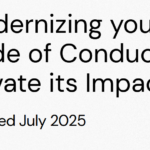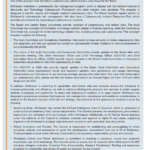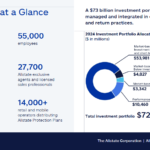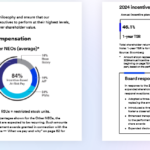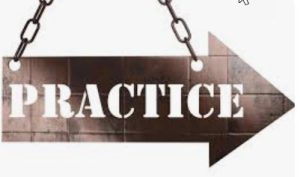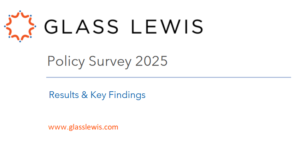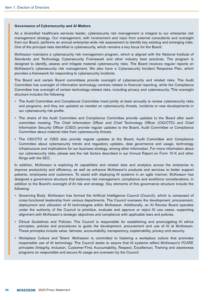One of the hardest things for a disclosure draftsperson is addressing bad news in disclosure. Senior management might want to make light of it. Or not address it at all. That often can be a huge mistake – both from a potential liability standpoint as well as addressing stakeholder concerns.
The best thing to do is to own it in the company’s disclosure – and then explain any circumstances that might ameliorate the reaction that may be a result. Be transparent about what the problem is and how it happened. Tell investors where you are. Don’t just focus on where you want to be.
When you disclose the bad news, get it all out there at once. Any good crisis management expert will tell you that. If you’re peeling off layers of bad news over time, the company loses credibility and often heads will roll as a result.
If you can provide a reasonable explanation for the misstep, that often can help – particularly in the long run as management will be viewed as a “straight shooter.” A company’s reputation is one of its greatest assets.
Sometimes the “bad news” is that the company doesn’t have a particular governance provision that many stakeholders wish they had. Or they have a governance provision that the proxy advisor and investor voting guidelines have deemed to be a “bad” one.
If that’s the case, don’t shirk in your disclosure about it if you can. Explain front and center that you have it and explain why the board thinks it’s important to have it. Disclose any other steps taken to counteract the potential negative consequences of having the provision. Maybe even put all of this in a table or chart.
Another example of “bad news” is not meeting ESG goals. I have seen a quite a few examples of companies being upfront about not meeting a particular ESG goal. This likely will be a challenge that many companies face unfortunately – and something that a good drafter will get comfortable handling when the need arises.








